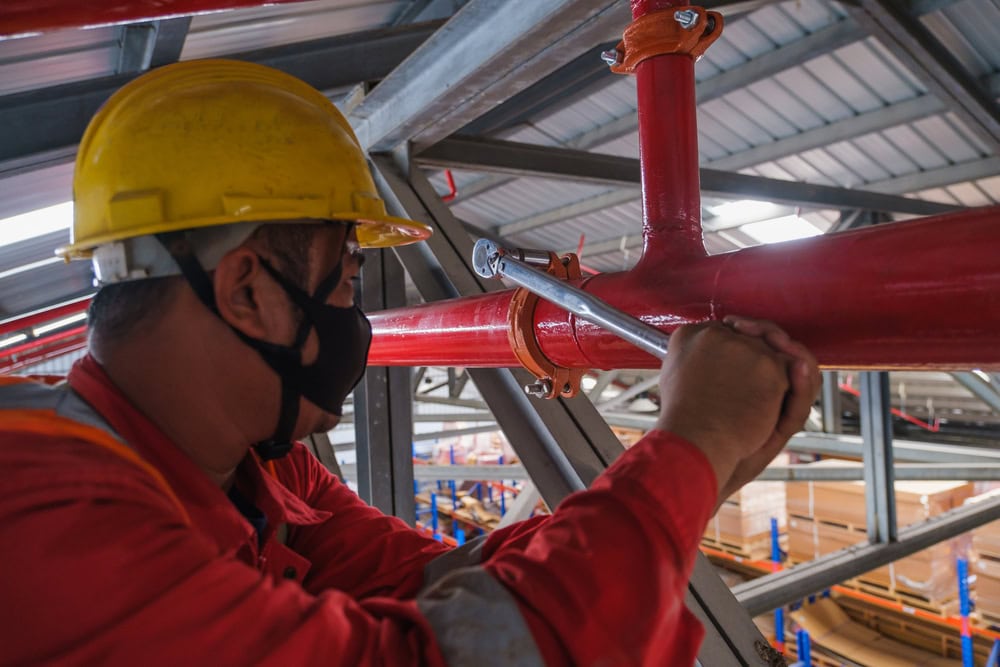Let’s talk about how California is stepping up its game to protect homes from wildfires in 2025. With more than 2 million California homes sitting in high-risk fire zones, these changes couldn’t come at a better time. Whether you’re building a new home or renovating an existing one, these guidelines will help keep your property safe when wildfires strike.
Building Smart Against Wildfires
The key to protecting your home from wildfires boils down to two main strategies: using fire-resistant materials and creating a safety buffer around your property. The new building codes require homes to be both flame-resistant and ember-resistant during wildfires. Think of it as creating a shield that can withstand nature’s most fierce challenges.
The Roof Over Your Head
Your roof is your first line of defense. The 2025 standards are crystal clear about this – you’ll need top-rated (Class A) materials that can stand up to those flying embers, which can travel up to a mile from a wildfire. Steel roofs are becoming a popular choice, especially when paired with fire-resistant underlayment and metal edges. The best part? These materials often last longer than traditional roofing, so you’re not just buying safety – you’re investing in durability.
Walls and Windows
The exterior of your home needs to be tough too. Three-coat stucco or fiber-cement siding are great choices that meet the new standards. For windows, you’ll want dual-pane glass – think of it as double protection against the heat. Many homeowners are also opting for smaller windows on the sides of their homes that face vegetation, which helps reduce vulnerability to radiant heat during a fire.
The Five-Foot Rule
Here’s something interesting – California is getting serious about what you can put near your house. They’re limiting what can be within five feet of any building in high-risk areas. Think of it as creating a fire-resistant bubble around your home. This means saying goodbye to wooden furniture, mulch beds, and those decorative shrubs right next to your house. Instead, consider using gravel, concrete pavers, or other non-flammable materials for landscaping.
Smart Design Features
Some clever additions that make a big difference:
- Metal gutters with guards to keep out leaves and debris
- Vents that can resist both flames and embers
- Steel doors for extra protection
- Under-eave protection to prevent ember intrusion
- Deck materials that won’t ignite easily
Decks and Outdoor Living Spaces
Speaking of decks, they’re getting a major upgrade in the safety department. The new standards call for composite or metal decking materials instead of traditional wood. While these materials might cost more upfront, they’re virtually maintenance-free and won’t become fuel for a wildfire. Plus, they often come with better warranties and longer lifespans than wooden decks.
Cost and Value
Now, let’s talk money. Building these fire-resistant features into your home might add about $2,800 for basic enhancements, or up to $27,100 if you go all-out with the best materials. But here’s the good news – these improvements could save you money on insurance and, more importantly, might save your home during a wildfire. Many homeowners are finding that the peace of mind alone is worth the investment.
Making It Work
California’s building codes for fire safety are some of the toughest in the country, but they’re designed with one goal in mind – keeping your home standing when wildfires strike. The state requires a 100-foot defensible space around homes in high-risk areas, which means keeping the area clear of anything that could catch fire easily. Think of it as creating a safety zone that gives firefighters a fighting chance to save your home.
Insurance Benefits
Insurance companies are starting to offer significant discounts for homes built or retrofitted to these standards. Some homeowners are seeing premium reductions of up to 30% when they implement these safety features. In areas where fire insurance is becoming harder to get, having these protections could make the difference between getting coverage or not.
Looking Ahead
Starting in 2025, these standards will become even more important as California continues to face increasing wildfire threats. Climate experts predict that fire seasons will likely get longer and more intense, making these building requirements not just regulatory compliance, but essential survival tools.
The Bottom Line
Building a fire-resistant home isn’t just about following rules – it’s about creating a safer place to live. These new standards might seem strict, but they’re based on real-world experience and testing. When wildfires have torn through neighborhoods, homes built with these features have often been the ones left standing.Remember, while these are the minimum requirements, you can always do more to protect your home. Think of these standards as your baseline for safety, not your ceiling. With California facing more frequent and intense wildfires, taking these steps isn’t just smart – it’s essential for protecting your home and family. The investment you make today could be what saves your home tomorrow.

